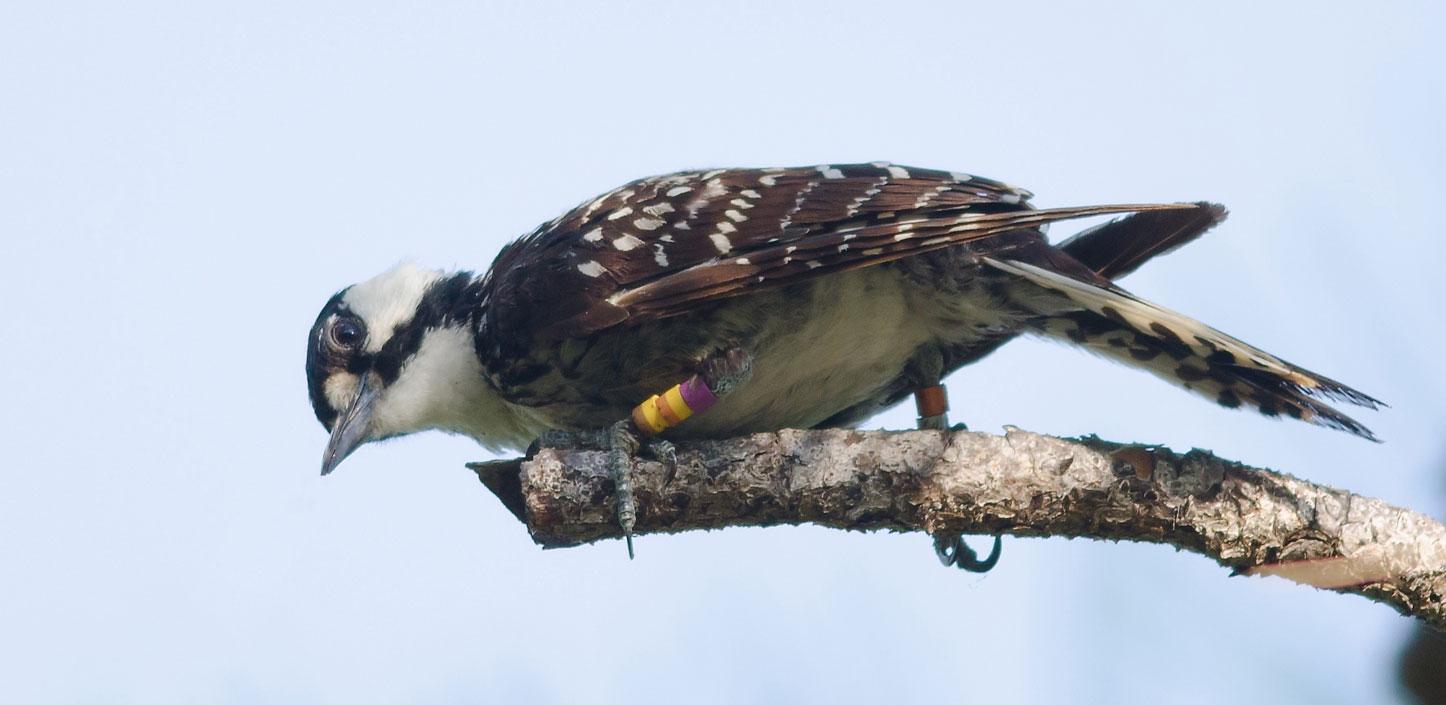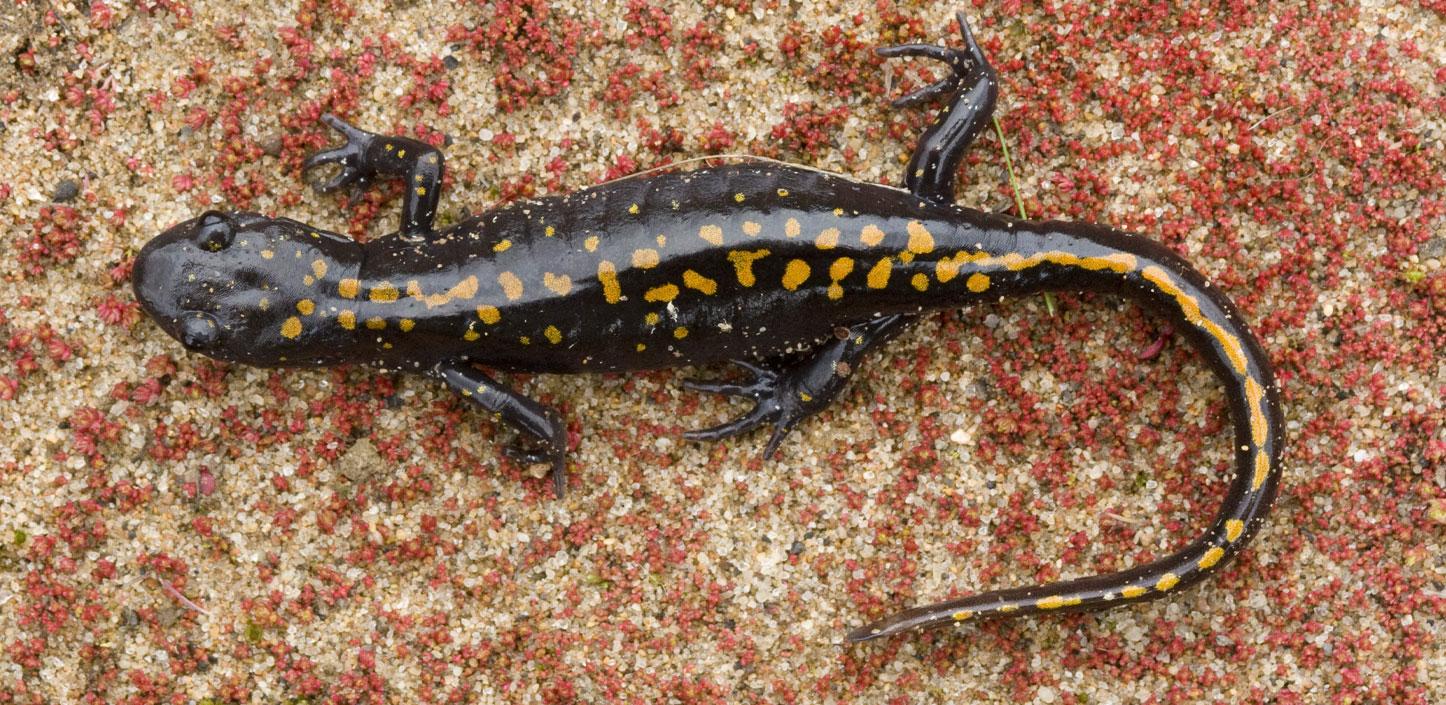
Working with the public sector
2020 Conservation Highlights
The United States encompasses 2.32 billion acres of land, about 36 percent of which is publicly owned, and nearly 200 million acres of surface water.
These lands and waters are home to more than 2,500 species of mammals, fish, reptiles, birds and amphibians, as well as approximately 100,000 species of insects.
A full accounting of our nation’s natural resources would also include the rich sea life of marine environments off our shores, an unimaginably vast area holding a diversity of life not yet fully understood.
The wildlife living in or moving through these environments represent both a shared resource and a shared responsibility of the people of the United States. We depend on our government agencies and elected officials to safeguard these resources through the use of sound science and a balanced approach to energy production, timber operations, commercial fishing, livestock grazing and other uses.
These dedicated public servants have an enormous job on their hands.
The National Fish and Wildlife Foundation was created more than 35 years ago to raise private-sector funds and provide support for federal efforts to conserve native wildlife and natural habitats. In 2020, we worked harder than ever to advance that mission. Through public-private partnerships and our science-driven competitive grant programs, we continued to raise and invest resources that closed gaps in federal conservation funding. By leveraging contributions from grantees and private partners, we generated a return on public conservation funding at an average ratio of three to one.
Throughout 2020, NFWF supported strategic projects on private lands that boosted the effectiveness of conservation efforts on federal lands. At the request of federal partners, we moved quickly to address immediate conservation needs and respond to emergencies. We helped drive innovation and the adoption of best management practices in our nation’s agricultural sector. We also supported growing efforts by our public partners to make our nation more resilient to climate change and its growing effects, including more intense droughts, floods, wildfires and hurricanes.
U.S. Congress
Our history as a private conservation nonprofit began when NFWF was chartered by Congress in 1984. More than 35 years later, we continue to work closely with congressional leaders and staff to advance conservation throughout the nation. As part of our transparent grant-making process, we notify Congress of all grants containing more than $10,000 in federal funding.
Though our organization often receives public funding from federal agencies, we also receive and manage funds approved by Congress. In 2020, for example, we awarded $48.5 million through our Emergency Coastal Resilience Fund, which was launched in 2019 after Congress passed an emergency supplemental appropriations bill to hasten recovery from hurricanes Michael and Florence, Typhoon Yutu, and the coastal wildfires of 2018. The grants awarded in 2020 leveraged nearly $70 million from grantees to generate a total conservation impact of more than $118 million. The projects we funded will use nature-based infrastructure such as living shorelines, wetlands and floodplain habitat to enhance the resilience of human communities while also improving wildlife habitats.
Sustaining and enhancing wildlife
The Department of the Interior’s U.S. Fish and Wildlife Service (FWS), after which our private foundation was named, remains one of our closest and most active federal partners. FWS supports more than 30 of our conservation programs. In 2020, we worked with USFWS and private-sector partners to support wildlife across the country, from big-game species in the Rocky Mountains to seabirds and shorebirds, sea turtles, monarch butterflies, killer whales, salmon, trout, and bat populations being decimated by white-nose syndrome.
Watch: NFWF works with the U.S. Fish and Wildlife Service and other public and private partners to advance field treatments and management tools for white-nose syndrome, a disease that has killed over 6 million bats over the past decade.
The Bureau of Land Management also supported many of our conservation programs in 2020, including those benefiting American wildlife species in Alaska, Northern Great Plains and Northern Rockies.
We also worked with the Colorado Department of Natural Resources, Great Outdoors Colorado and other partners in Colorado to launch a new partnership in 2020. Called RESTORE Colorado, the grant program will improve habitat for mule deer, elk, grassland birds and other wildlife species in that state.
Forest management
The Department of Agriculture’s U.S. Forest Service also ranks as one of our most important federal partners. In 2020, we worked closely with the Forest Service and a variety of private-sector partners to restore and enhance forested landscapes from Alaska to Hawaii, New England to California. We bring all stakeholders to the table to help the Forest Service advance its mission to improve forest health, guard against catastrophic wildfires, and help regions scarred by fire recover quickly. Our partnership provided critical support to private, conservation-minded landowners striving to improve stewardship of their forested lands, particularly in the longleaf forests of the Southeast and bottomland hardwood forests of the Mississippi Alluvial Valley.
Agricultural sector
In 2020, we continued to work with the U.S. Department of Agriculture’s Natural Resources Conservation Service (NRCS) to provide farmers, ranchers, foresters and other private landowners the tools they need to become better stewards of their working lands. Working closely with NRCS, we manage competitive grant programs that support conservation technical assistance, outreach and education on farms and ranches, which in turn generates benefits to wildlife, water quality and soil health.
Water quality and quantity
Though many of our public-private partnerships help improve water quality through a range of conservation activities, some federal partners are particularly focused on those opportunities. The U.S. Environmental Protection Agency (EPA) supports projects to improve water quality and advance community-based watershed restoration throughout the nation. The Bureau of Reclamation and Bonneville Power Administration both support our large-scale water conservation programs focused on watersheds within the Pacific Northwest, Desert Southwest, Northern Great Plains and elsewhere.
Watch: The U.S. Fish and Wildlife Service supports numerous watershed-based conservation programs, including the Central Appalachia Habitat Stewardship Program, which restores and sustains healthy forests, rivers and streams that provide habitat for diverse native bird and aquatic populations.
Marine environments
Many of the grants we award support projects that benefit marine environments, including those that enhance coral reefs, restore lost oyster beds, improve fisheries management, remove marine debris and strengthen coastal resilience. We also invest heavily in terrestrial projects that reduce the amount of sedimentation and other pollution flowing into marine environments. As 2020 came to a close, we marked an important milestone in marine conservation: 20 years of coral conservation work with NOAA.
Watch: NFWF works with NOAA and other federal and private partners to conserve coral reefs.
Conservation and national defense
The U.S. Department of Defense (DOD) has been a long-term partner in efforts to conserve and enhance the longleaf pine forests of the Southeast. Some of the largest and healthiest stands of longleaf occur on military bases, whose readiness depends in part on the health and resilience of those forests.
In 2020, we worked with DOD to launch another conservation program, this one focused on the health of forests and watersheds in Guam, a strategically important and ecologically rich U.S. territory.
Want to learn more? Explore an interactive map of where we work.

Next Highlight: Remedying Harm
NFWF’s IDEA department manages funds arising from environmental legal and regulatory actions
Learn More